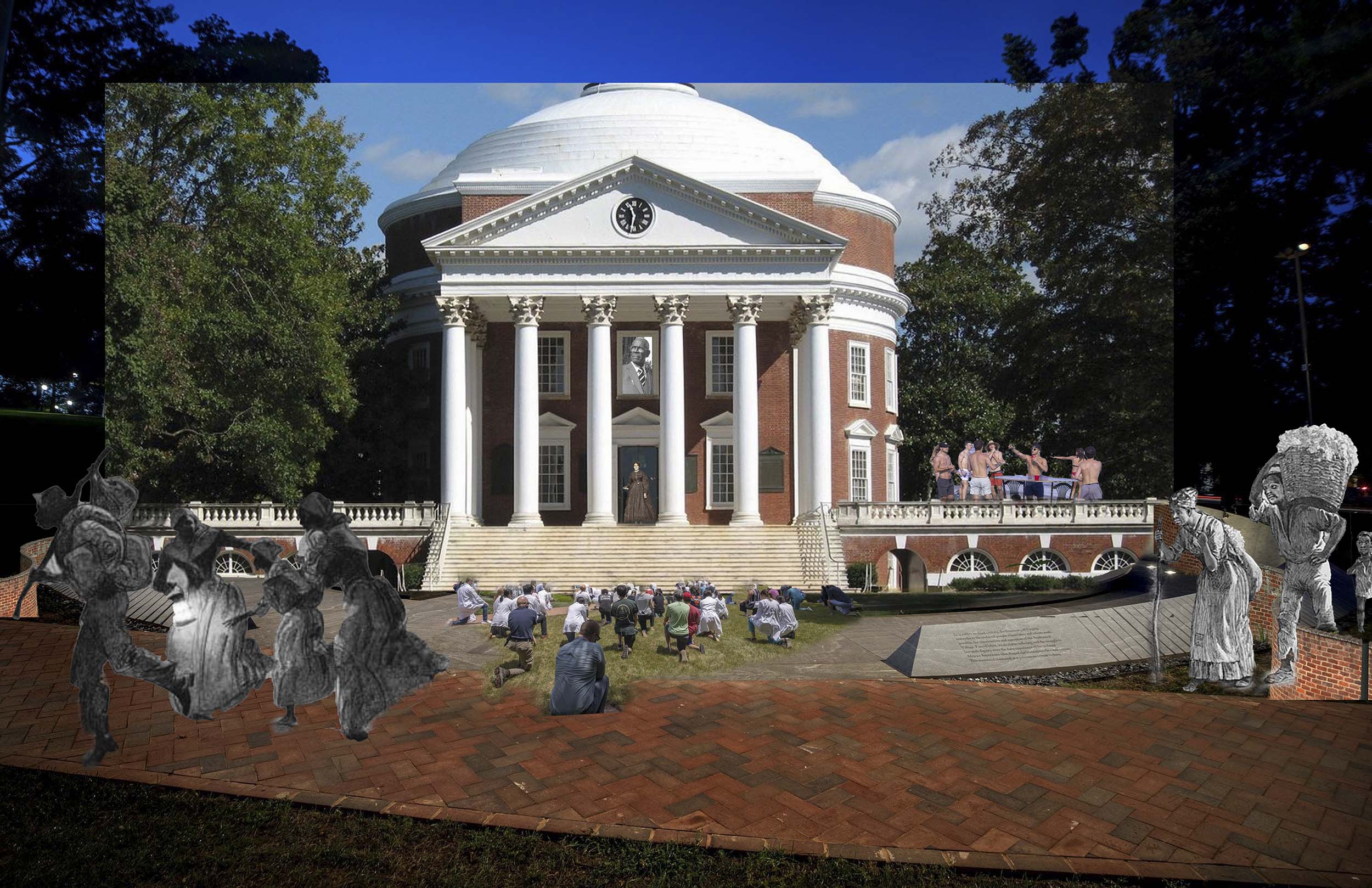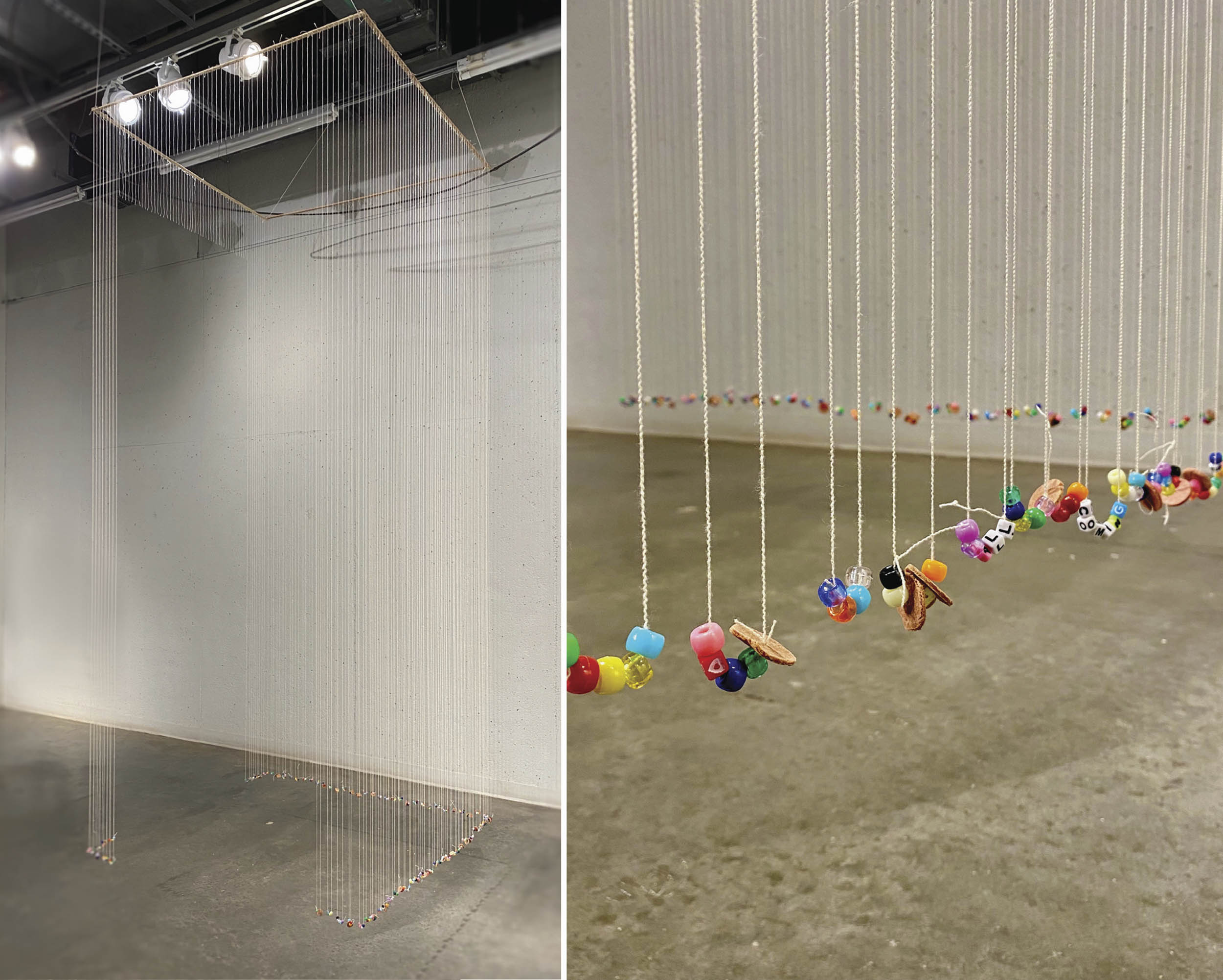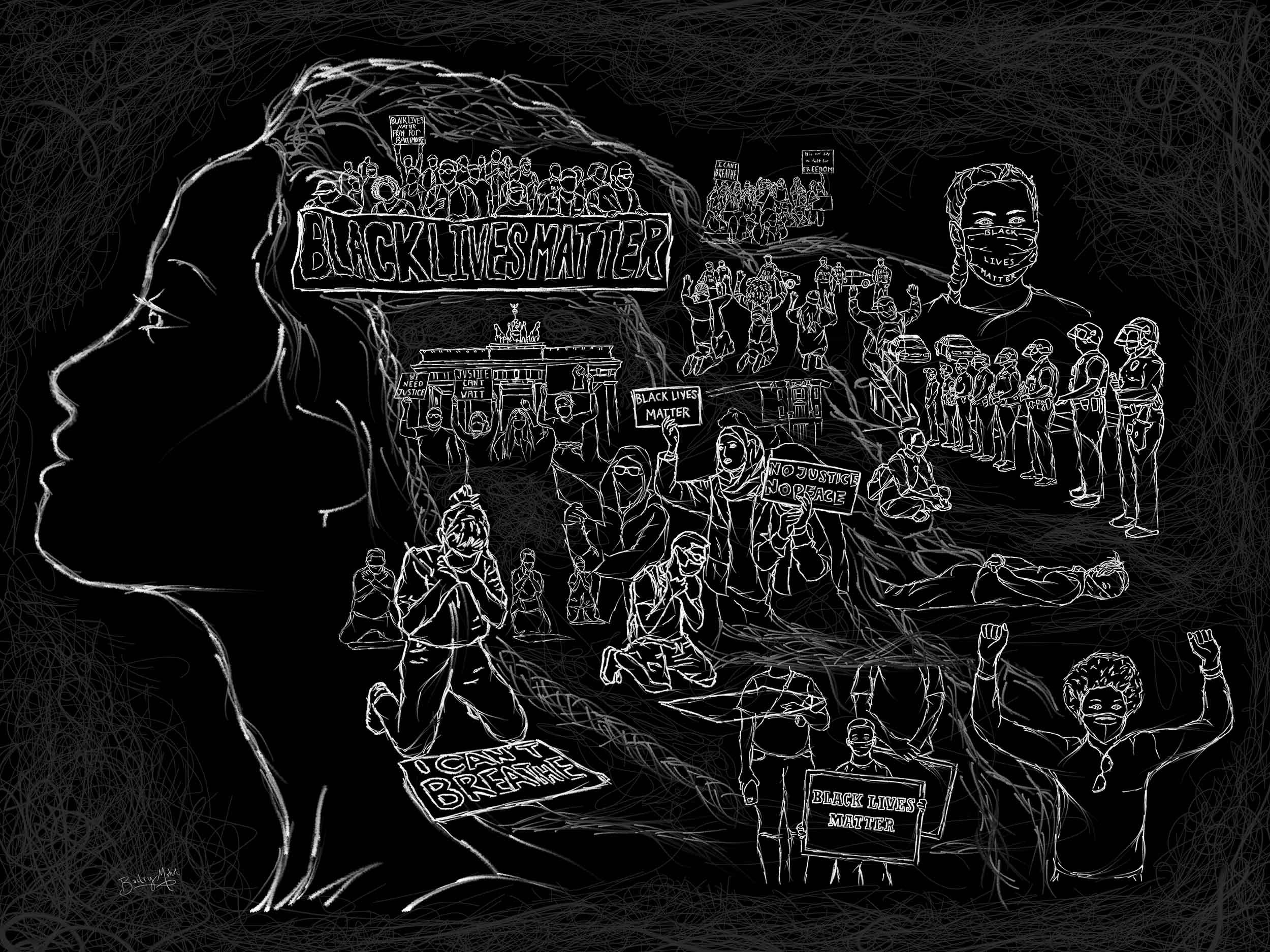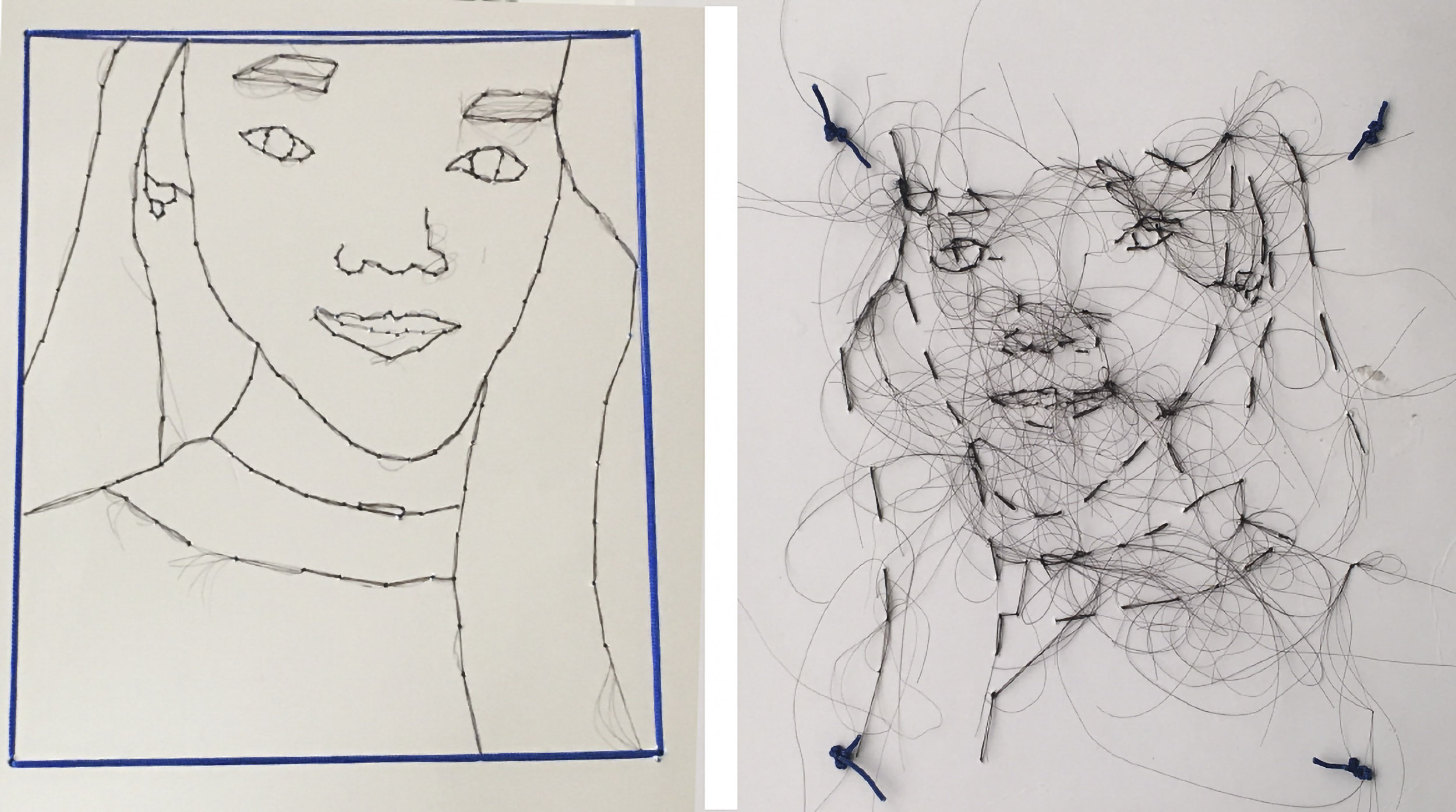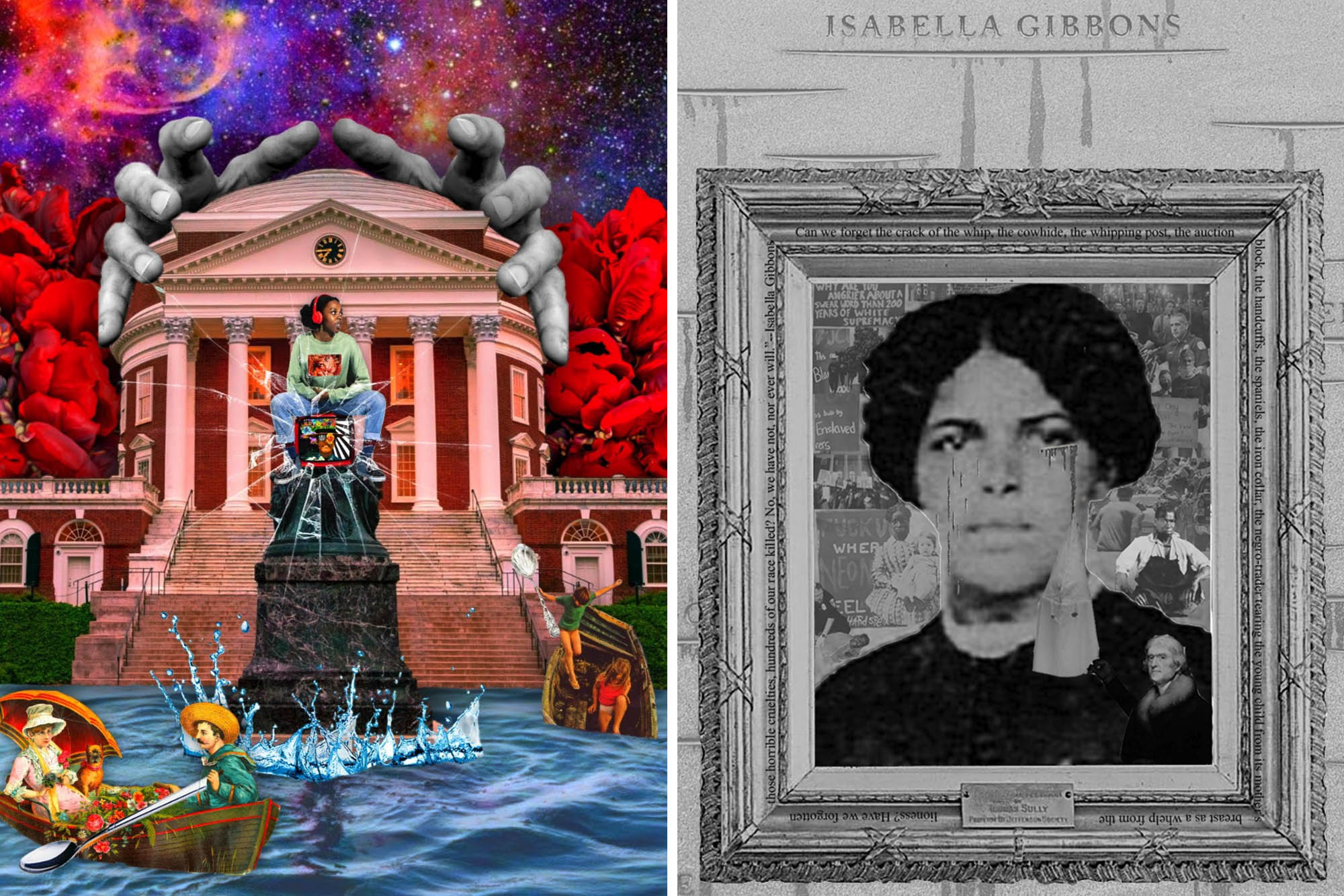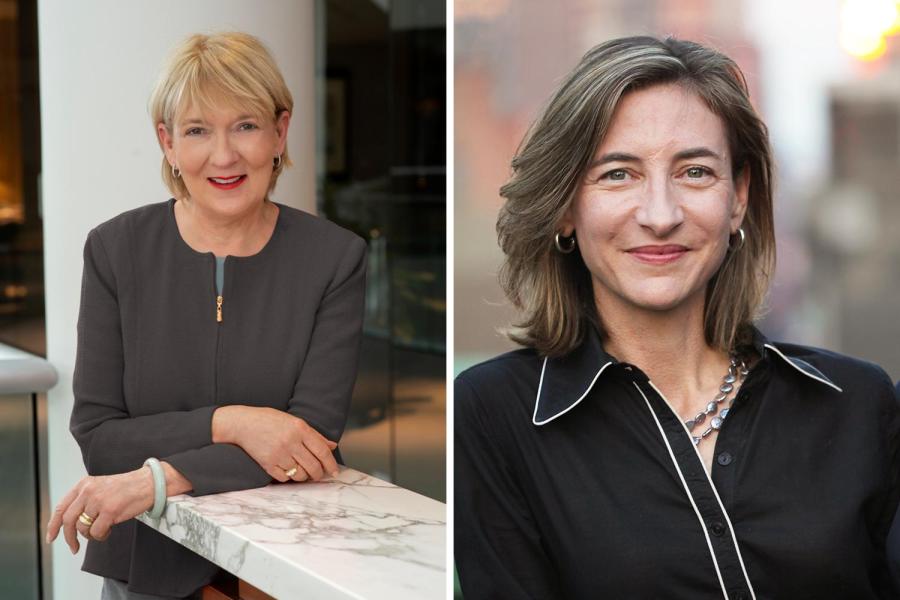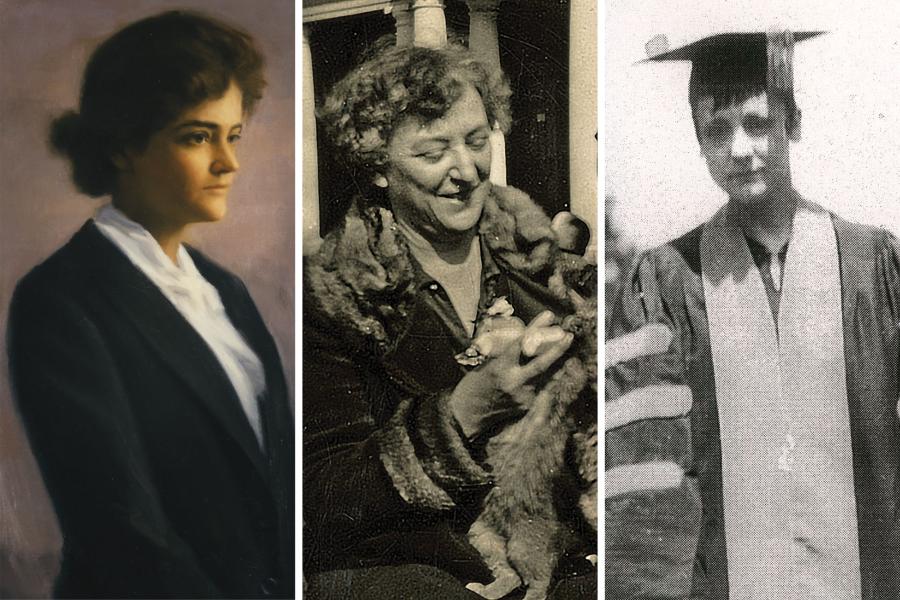The Maxine Platzer Lynn Women’s Center at the University of Virginia has been challenging stereotypes since it opened in 1989, especially stereotypes about who represents what a UVA student is.
The Women’s Center (renamed in 2017, thanks to the generous support of Maxine Platzer Lynn, a 1951 alumna of what is now the School of Education and Human Development) was created to offer more resources and programs to women at UVA and in the community – especially students, of course – and to foster leadership and work on gender justice. Today, its programs include mentoring and outreach to boys and young men, as well as to girls and young women.
The influx of undergraduate women beginning in 1970 (and a small number of courageous women in graduate programs, education and nursing before them), along with the increasing presence of Black students and other minorities, challenged the earliest stereotype of “THE” student at “The University” – the privileged, Southern young white man depicted in an 1853 drawing.
When an alumna suggested reimagining that old drawing and exploring “Who are UVA students today?,” Women’s Center director Abby Palko said the Women’s Center team was immediately excited to do something that would yield a spectrum of responses. Holding an arts and writing competition has been an ideal way, Palko said, to involve current students in the Women’s Center’s work to commemorate the 100th anniversary of the women who attended select programs and the 50th anniversary of full coeducation over the 2020-21 academic year.
The center called on the UVA community to “(re)present – and celebrate – myriad student experiences on Grounds with their own images.” With the help of the UVA Arts office, especially Emma Terry, programs and communications director in the Office of the Vice Provost for the Arts, and other colleagues, alumni and community members, four teams of judges looked at submissions in the categories of 3-dimensional art, 2-D digital images, film and writing.
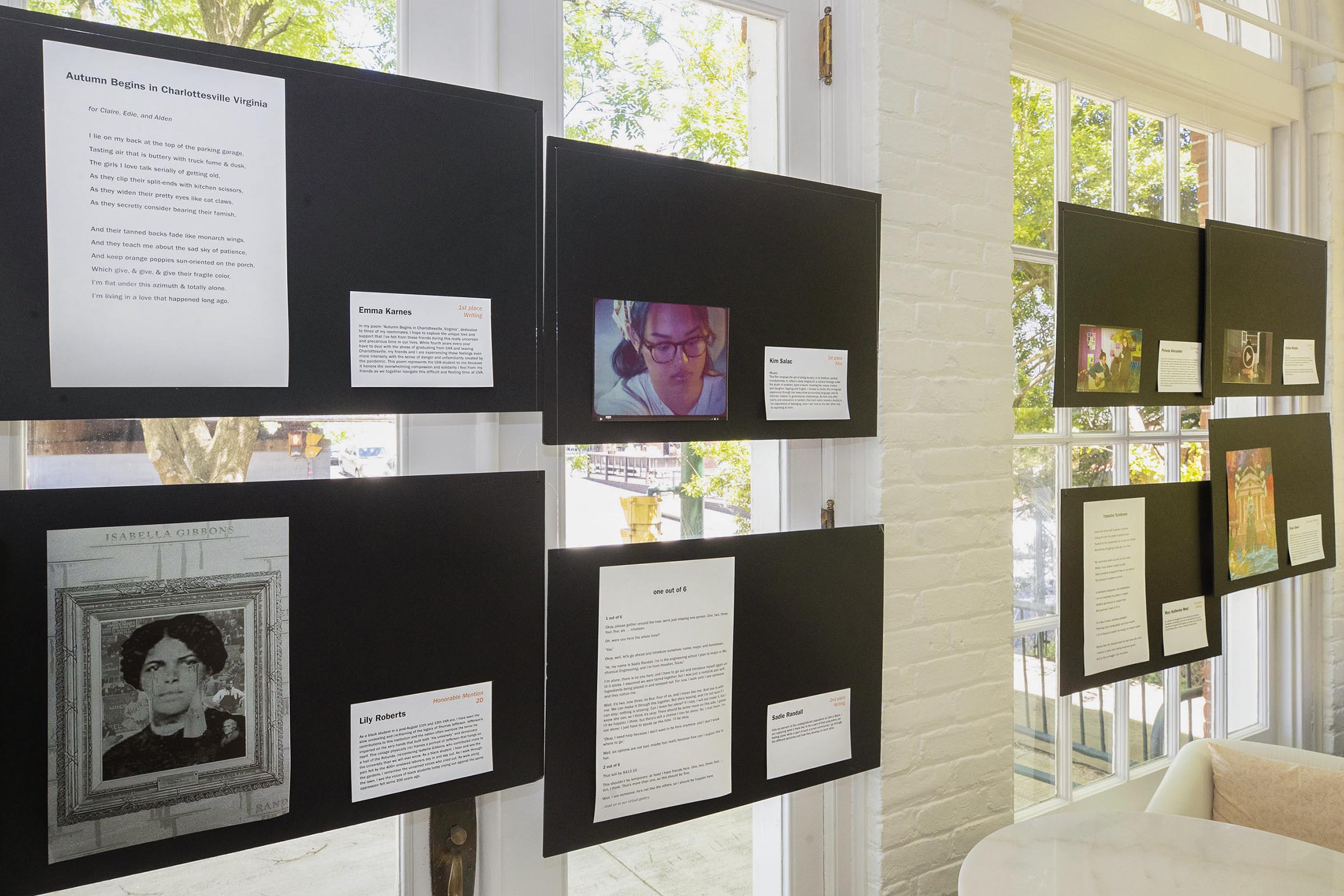
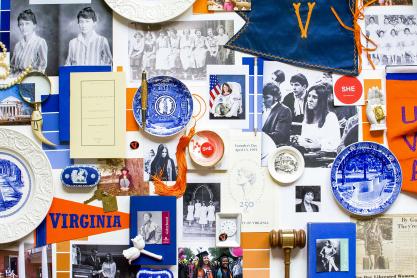


.jpg)
